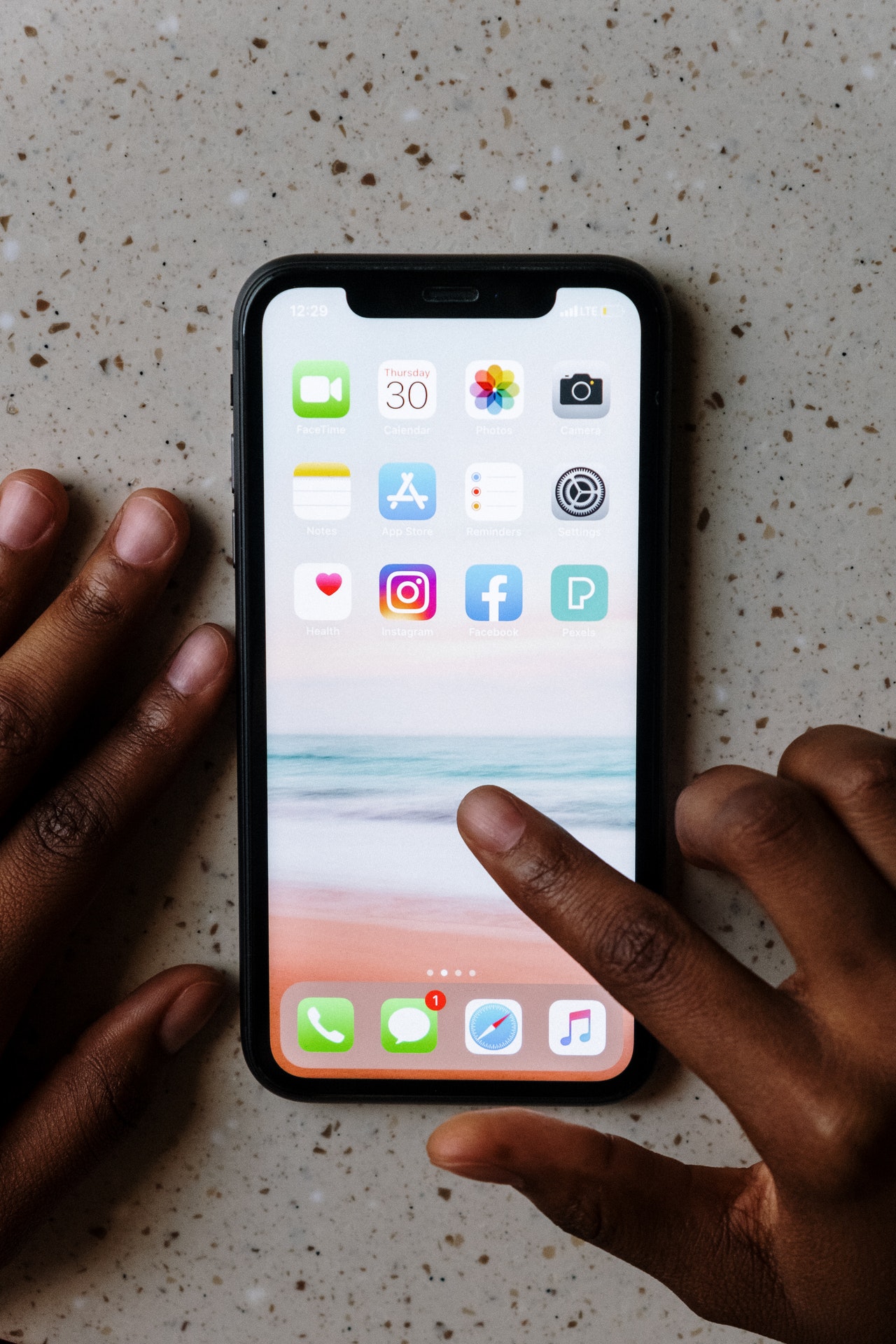Since the beginning of the 21st century, wireless network communication technologies have had a revolutionary impact on people’s lives—they’ve not only changed the way we connect with each other, but also how we work, entertain ourselves, shop, travel, and so much more.
However, it’s certainly been a long road through each generation of mobile technologies to achieve the speeds, security, and data services available today. Here’s a look at how we got to the present.
0G
The earliest generation of wireless telephones is retroactively labeled 0G or zero generation. These mobile radio telephones became available after World War II and utilized a number of technologies, including the Mobile Telephone Service, a radio system that operated at very high frequency and connected to the public switched telephone network. An operator was needed to route calls via a switchboard.
Early mobile phone systems were usually mounted in trucks or cars, although briefcase models were also developed. The transceiver might be mounted in the vehicle’s trunk, with a head section featuring a dial, display, and handset installed close to the driver’s seat.
Other examples of 0G tech include push-to-talk two-way radio—which is still in use today. Citizens Band (CB) radio is a classic example of push-to-talk technology; air traffic controllers also use two-way radio to communicate with pilots in the vicinity.
1G
The true first generation of wireless cellular technology came about in the late 1970s. In 1977-78, the American company Bell Laboratories (a subsidiary of telecom giant AT&T) created and tested a cellular network in Chicago. A year later, the first commercial cellular network was in operation in Tokyo, Japan, built by Nippon Telegraph and Telephone. These were analog technologies as opposed to digital. The maximum speed was a very slow 2.4 Kbps. Calls on 1G networks had poor sound quality and were prone to dropping, and there was little security, since there was no encryption of data.
Cellular phones of this era were clunky and expensive, and used only in commercial settings or by the very rich. For example, the Motorola DynaTac cellphone released in the early 80s was priced at almost $4,000 USD.
2G
The second generation of mobile technology saw the introduction of Global System for Mobile (GSM) communication technologies, which became the industry standard in the 1990s. This enabled users to send both data and digital voice communications across the internet, allowing consumers to roam for the first time.
2G relied on Signaling and Data Confidentiality and Mobile Station Authentication, which helped to improve the privacy and security of mobile phone calls. Development of 2G paved the way for many of the fundamental services we continue to rely on today, such as internet roaming, SMS, call hold, and conference calls.
Next came 2.5G and 2.75G networks, later versions of 2G boasting faster data transmission capabilities as well as new and improved security features.
3G
Released around 2000, 3G amounted to a giant leap forward in wireless network communication technology. The technology provided mobile phone users with access to the internet and other data services that were previously only available via a computer.
3G enabled people to write emails, surf the internet, and share all sorts of content via early smartphones. In addition, 3G also allowed users to hook up to cloud services and wirelessly store data without needing to plug their phone into a data storage device.
The 3G network also offered greater security than predecessors and initial speeds of up to 200 Kbps. Thanks to these faster speeds and global coverage, 3G was widely employed in early Internet of Things (IoT) industrial applications, facilitating the remote tracking and monitoring of machines.
Throughout the 3G era, updated versions like 3.5G and 3.9G were created, each introducing a host of new possibilities.
4G
Launched in 2010, the fourth generation of cellular network technology was an all-internet protocol (all-IP) network system that laid the foundations for high-definition mobile TV, IP telephony, video conferencing, gaming services, and 3D television. 4G network technology enables users to access the internet via any of the aforementioned technologies, even while on the move. The technology was created with the goal of delivering high speed, high capacity, and high quality to consumers, while simultaneously improving security and lowering cost.
4G had a rocky start, since many internet service providers (ISPs) were ill-equipped to match its standards at the time, particularly in terms of network speeds, which had to be a minimum of 100 Mbps. However, after some time, ISPs eventually caught up.
5G
Enter 5G, the current evolution of wireless network technology boasting vastly improved speeds, higher bandwidth, and minimal latency. 5G is enabling true real-time communication and data processing, as latency has been reduced to a maximum of 1 millisecond. Designed to support seamless data transmission and download speeds of up to 2.5 Gbps, 5G promises to be 10 times faster than its predecessors.
The fifth generation of wireless network technologies is making innovations like remote medical operations and self-driving cars more possible than ever before. 5G will also have an incredible economic impact: its global market share will reach $1.97 trillion by 2030 and it will create 22.8 million jobs by 2035.

